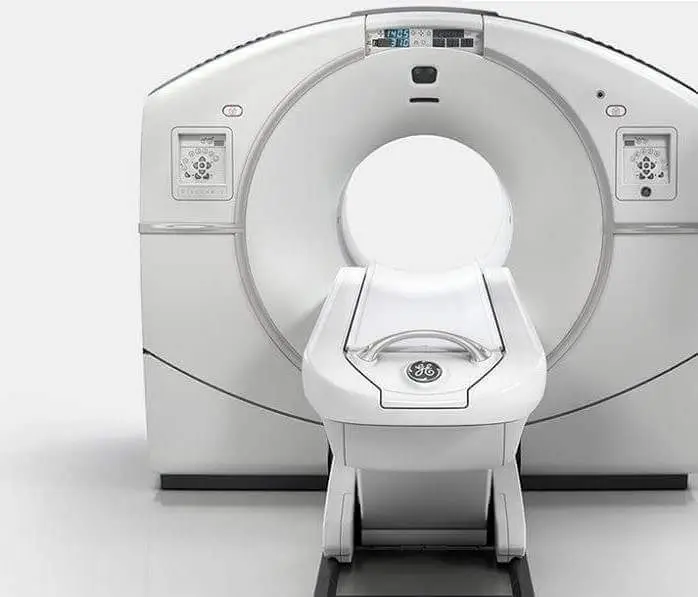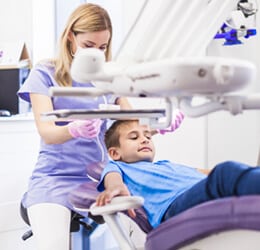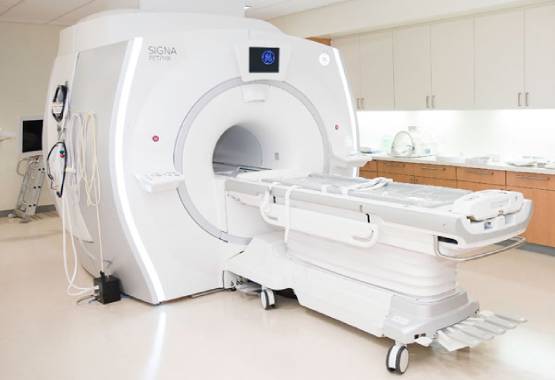Best Diagnostic Center in Chandigarh for All Medical Imaging Needs
As the leading diagnostic imaging center in Chandigarh, we provide comprehensive radiology services including MRI, CT Scan, PET-CT, Ultrasound, X-ray, Echocardiography, ECG, and EEG. Our state-of-the-art facilities are equipped with the latest diagnostic technology to deliver accurate results for patients across Chandigarh, Mohali, and Panchkula.
Why Choose Our Diagnostic Services in Chandigarh?
- Advanced technology with 1.5T and 3.0T MRI scanners
- Most affordable rates for all diagnostic tests in Chandigarh Tricity
- Same-day reporting by specialized radiologists
- Conveniently located centers across Chandigarh
- Complimentary pick and drop services for patients
- Open 7 days a week including holidays
Visit our centers in Sector 34, Sector 22, or Sector 17 Chandigarh for the best diagnostic experience. Book your appointment today for high-quality, affordable diagnostic services in Chandigarh.
Did your doctor ask for a CT (computed tomography) Urogram, and you barely knew such a scan existed?So, your must be keen to know what is a CT urogram, the one that you have to pursue within a few days. You must be wondering why your doctor asked for such an imaging test and what will happen during this test. You might be rigorously surfing the net to find the preparation of a CT Urogram. And also whether or not it is risky!
Well,
It is where I can help! Here in this blog post, I shall share with you all about a CT Urogram (or Urography) so that you stay aware and prepared before you actually go for this test! Are you ready?
Overview: What Is A CT Urogram?
An imaging test doctors use to evaluate the condition of your urinary system is a CT urogram! This scan works similarly to a traditional CT scan, involving several X-rays to generate multiple-angled pictures of your urinary system, including the renal pelvis, kidneys, bladder, ureter, and urethra.
When someone experiences symptoms like blood in the urine, frequent urination, pain while urinating, severe pain near the pelvic area, and more, CT urogram is the most plausible pick by doctors to screen the abnormality and thereby initiate a treatment.
A CT urogram is a non-invasive test and does not bring any pain or wear and tear to the body. It is quick and does not require you to stay in the hospital. This scan extracts visuals that appear like thin slices of your muscles, bones, blood vessels, and urinary organs. These slices allow your doctor to examine your urinary system in depth, compared to a standard X-ray scan.
When Do You Need A CT Urogram?
Your doctor typically recommends a CT urogram to assess the shape and size of the urinary organs and determine whether these organs work as they should! Through this scan, they look for signs of any disease which may affect your urinary system and overall health.
A CT urogram can help detect a wide range of health problems. If you have diseases like –
- Kidney, bladder, or urethral stones,
- Cysts,
- Polyps,
- Fibroids,
- Infections,
- Inflammations,
- Tumors (benign or cancerous),
- Structural defects,
- Injuries,
- Damages,
- Organ failure, or
- Other lesions,
A CT urogram can efficiently detect it! Perhaps, these are when you need this urography modality to secure an appropriate treatment course!
How Accurate Are CT Urograms?
No wonder,
CT Urogram is considered the gold standard modality to diagnose diseases of your urinary tract! According to some studies in Science Direct, a CT urogram holds a 96% pooled sensitivity in screening upper urinary tract diseases.
The National Institute of Health reveals that a CT urography method is about 91.5% accurate in pinpointing kidney or bladder cancers. As per Nature Journal, a CT urogram is more accurate than a cystoscopy in diagnosing bladder cancer among patients with hematuria (or blood in the urine). The accuracy rate in this regard stands at 94.6% in the case of CT urogram and 94.4% in the case of cystoscopy.
Besides,
Studies also show that a CT urography process can confirm the existence of kidney stones in about 95% of the cases and affirm that no kidney stones are present in about 98% of the times.
How To Prepare For A CT Urogram?
Although a CT urography procedure does not require any special preparation, you must discuss with your doctor about –
- Any allergies that you have, like if you have an iodine allergy,
- Whether you are pregnant or breastfeeding, the involvement of radiation, even if in a small amount, may affect your baby,
- The medications you consume daily, such as non-steroidal anti-inflammatory drugs, metformin, antibiotics, etc.,
- A health problem that you have, like asthma, diabetes, heart disease, or prior organ transplantation.
Moreover,
- The healthcare providers may ask you to skip eating for a few hours before the test. In that case, you must abide by it!
- If you get allowed to eat, please avoid spicy foods so you do not face indigestion during the urography procedure.
- The urologist may ask you to stop taking certain medicines or herbal supplements. If they do so, you have to follow the instructions given.
Your healthcare providers may also ask you to drink a lot before the scan and not urinate until the test is over. It is to expand the bladder and ensure greater image clarity. However, the guidelines may vary from one patient to another and one healthcare provider to another!
What Happens During A CT Urogram?
During a CT urography, a radiology team shall come into work. They shall check your blood pressure, body temperature, and pulse rate. Then, you will get a gown to wear for the scanning process. Once you change and get ready, the other steps shall follow!
- First and foremost, the caregivers shall ask you to lie down on a moveable table or bed. They may offer straps and pillows. Thus, you can maintain the said position, like on your side or with your back upside.
- Next, the caregivers may administer a contrast dye to enhance image accuracy. Typically, they put it intravenously into the veins, and you may feel a little pain.
- After that, they shall start the scan. As it does, the table or bed moves forward and backward through the CT scanner. While you pass through it, the x-yas beams shall take detailed slices and send them to the connected computer console.
- The computer shall combine all these slices into cross-sectional two-dimensional images.
Once the radiologist can extract accurate images of your urinary tract, the machine shall stop, and the caregivers shall ask you to get up and leave the test lab. The overall process usually takes less than an hour, but they may ask you to wait some more time to see if your health is okay after the scan.
Does CT Urogram Have Any Risks?
Yes. Even though the chance of a CT urogram creating health complications is low, it does not mean there isn’t any risk.
A bit of escalation in the radiation dosage can create a risk of –
- Cancer development,
- Kidney damage or failure, and
- Heart diseases.
That is precisely why medical experts advise going to a certified radiology lab for CT urography.
Sometimes, a CT urography gets followed by a few side effects, such as –
- Allergic reactions to the dye, like redness in the skin, itchy skin, hot flushes, etc.,
- Nausea,
- Fatigue,
- Body weakness, or
- Fever.
But these conditions are not to stay for long and shall go away once the chemical dye exits your body within a day or two after the scan.
Summing Up:
So,
Is it now clear to you what is a CT urogram? I suppose it is! If not, you can write to us at [email protected].
If you see signs of urinary tract disease, do not waste time booking an appointment with a urologist. The urologist can evaluate your condition and start treatment early. Always remember that a single minute of negligence can fall heavy!
For today, this is a wrap-up! We shall come back soon with another blog piece on another scan that your doctor may recommend when you have a serious health abnormality underlying.
Until then,
Stay healthy, and stay kicking!






